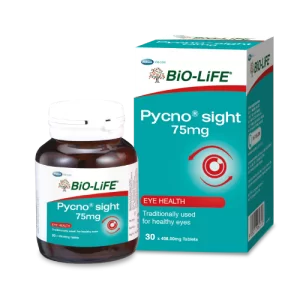
Protect Your Eye from Diabetic Retinopathy
May 7, 2021
Introduction
Do you know that pirates wore earrings because they believed it improved their eyesight? As our eyes are the windows to the world, we need to work hard in protecting them. However, there is a group of people who even need to be more cautious in treating their eye. Diabetic patient would have a higher risk of getting the eye complication which is diabetic retinopathy.
What is Diabetic Retinopathy?


Diabetic retinopathy is a serious sight-threatening complication of diabetes, caused by high blood sugar levels damaging the back of the eye (retina). It can cause blindness if left undiagnosed and untreated. However, it usually takes several years for diabetic retinopathy to reach a stage where it could threaten your sight.
How to Prevent Diabetic Retinopathy?

Get a comprehensive eye examination at least once a year

Control the blood sugar

Maintain healthy blood pressure & cholesterol levels

Quit smoking

Exercise
How to Prevent Diabetic Retinopathy?

BiO-LiFE Pycno® sight 75mg contains Pycnogenol® , a natural plant extract from the bark of pine trees which grow exclusively along the coast of southwest France. It is a powerful antioxidant with unique composition that clinically proven to be effective in managing the blood sugar levels and the progression of diabetic retinopathy.1,2 Pycnogenol® has been tested in more than 1200 diabetic patients and it is shown to improve the conditions of diabetic retinopathy.
Diabetes does not necessarily lead to vision loss. Taking an active role in diabetes management can go a long way toward preventing from getting diabetic retinopathy.
Find out more about BiO-LiFE Pycno® sight 75mg
References:
- Zibadi S, Rohdewald P, Park D, Watson RR. 2008. Reduction of cardiovascular risk factors in subjects with Type 2 Diabetes by Pycnogenol® supplementation. Nutrition Research, 28: 315-320.
- Spadea L and Balestrazzi E. 2001. Treament of vascular retinopathies with pycnogenol. Phytotherapy Research, 15(3): 219-223



